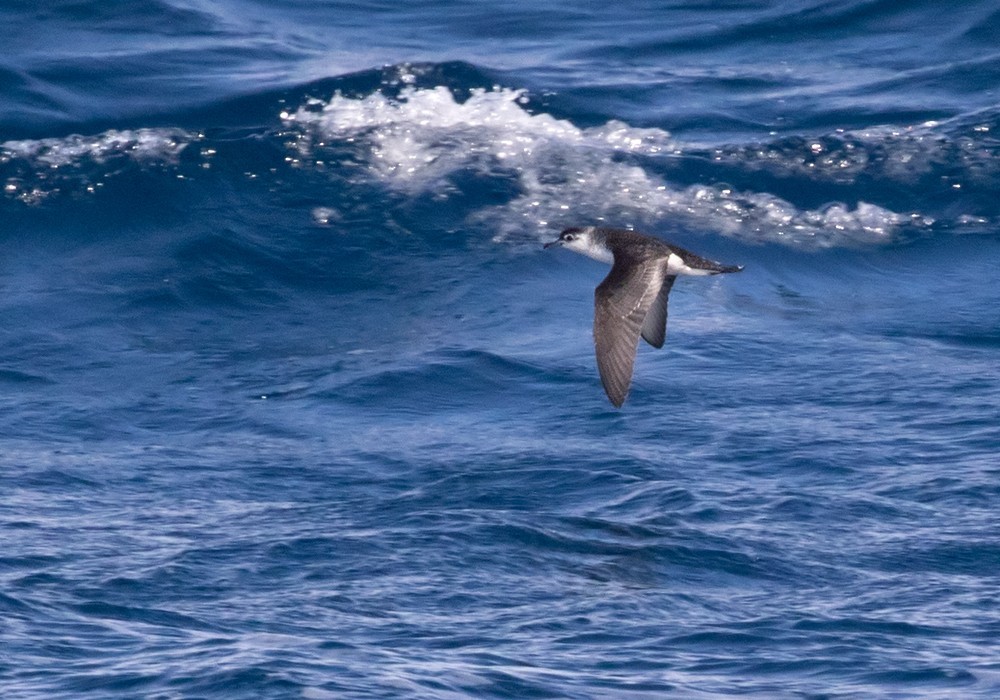Little Shearwater
A species of Typical Shearwaters Scientific name : Puffinus assimilis Genus : Typical Shearwaters
Little Shearwater, A species of Typical Shearwaters
Botanical name: Puffinus assimilis
Genus: Typical Shearwaters
Content
Description General Info
 Photo By Lars Petersson
Photo By Lars Petersson Description
This shearwater has the typically "shearing" flight of the genus, dipping from side to side on stiff wings with few beats, the wingtips almost touching the water, though in light winds it has a more flapping flight than that of its larger relatives. In flight it looks cross-shaped, with its wings held at right angles to the body, its colouration changing from black to white as the black upperparts and white underparts are alternately exposed as it travels low over the sea. At 25–30 cm (9.8–11.8 in) in length with a 58–67 cm (23–26 in) wingspan, it is like a small Manx shearwater but has proportionally shorter and broader wings, with a pale area on the inner flight feathers. Its bill is more slender than that of Manx, and its dark eye stands out against the surrounding white area. 
Size
30 cm
Nest Placement
Burrow
Habitat
The little Shearwater is primarily a marine bird that favors warm, tropical, and subtropical waters. It is often found in pelagic zones, though it is more common over inshore waters relative to its counterparts. The species typically breeds on offshore or oceanic islands, nesting on grassy slopes and occasionally within forested areas.
Dite type
Piscivorous
General Info
Feeding Habits
Bird food type
Behavior
This is a gregarious species, which can be seen in large numbers from boats or headlands, especially on migration in autumn. It feeds on fish and molluscs. It does not follow boats. It is silent at sea, but at night the breeding colonies are alive with raucous cackling calls. It nests in cavities located in grassy fields or in those found among rocks. The little shearwater usually produces a clutch of one clear white egg, measuring around 51 by 35 millimetres (2.0 by 1.4 in). The egg is incubated for 52 to 58 days by both sexes. 
Distribution Area
P. a. assimilis Gould, 1838 — Lord Howe Island and Norfolk Island P. a. haurakiensis Fleming, CA & Serventy, 1943 — northeastern North Island (NZ) P. a. kermadecensis Murphy, 1927 — Kermadec Islands P. a. tunneyi Mathews, 1912 — islands off southwestern Australia It breeds in colonies on islands and coastal cliffs, nesting in burrows which are only visited at night to avoid predation by large gulls. 

 Photo By Lars Petersson
Photo By Lars Petersson Scientific Classification
Phylum
Chordates Class
Birds Order
Albatrosses and Petrels Family
Shearwaters and petrels Genus
Typical Shearwaters Species
Little Shearwater